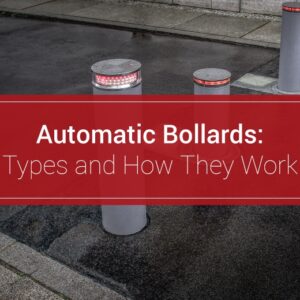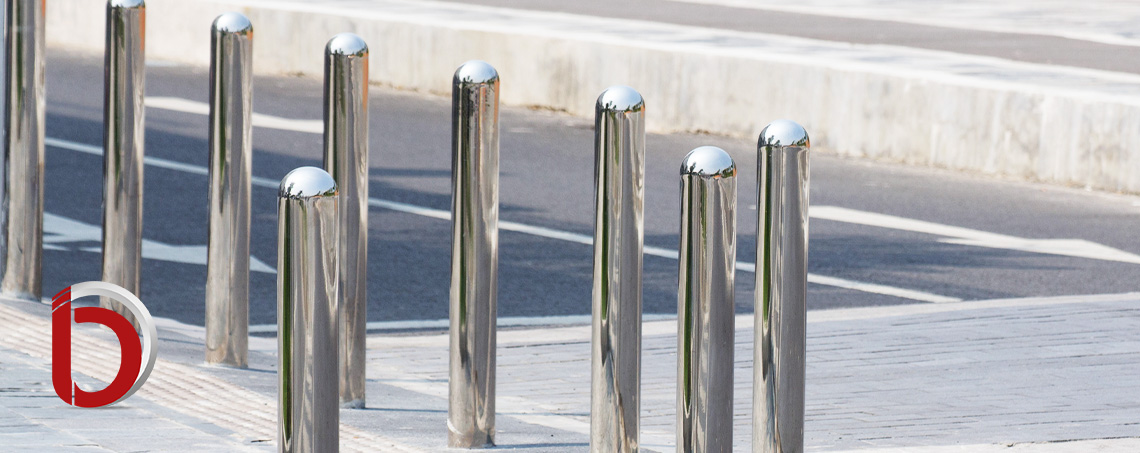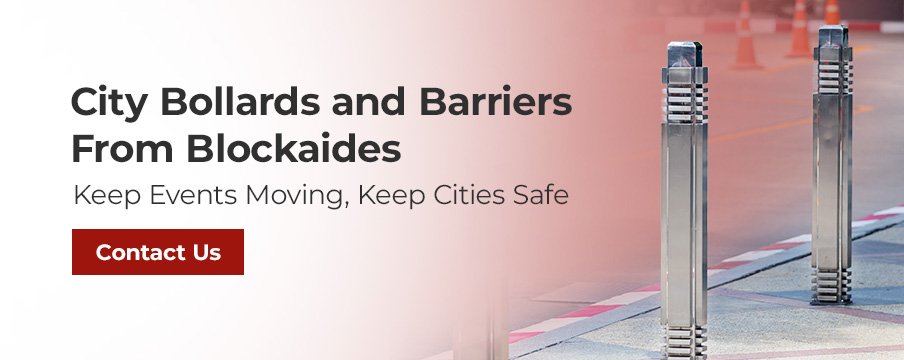Choosing a Safety Method
The specific needs of each event will depend on the venue size and the city’s design. However, city traffic control safety methods for separating vehicles and pedestrians are essential. Some of the most commonly used safety devices for this purpose help protect people from danger while making it easier for all involved to follow clearly defined paths.
Although your needs depend on the event and unique traffic conditions involved, common examples include:
Cones
Traffic cones are a versatile and cost-effective method of safety management for event traffic. They tend to be fluorescent and reflective, making them ideal for both night and day. In terms of convenience, it’s easy to set out and clean up a set of traffic cones before and after an event.
While they offer many benefits, traffic safety cones are also very light, which can mean instability in the event of adverse weather. If a vehicle connects with a row of cones, it won’t provide much protection for pedestrians, as they act more as a deterrent than an actual barrier.
Barriers
Safety barriers like fencing, rails or curbs will create a stronger defense than cones. They’re also good for restricted areas that may need extra security measures during the event. Traffic and guidance signs can also be placed on many of these barriers to keep communication going along the path to the venue.
However, a rowdy crowd can break down these barriers if they are not secured properly. Some safety barriers can also become a trapped enclosure if too many people rush toward them at once due to overcrowding, which can worsen safety issues.
Bollards
Retractable city bollards offer a convenient and robust way to control vehicle flow while protecting pedestrians at the same time. Their ability to retract makes them incredibly flexible, sitting flush with the ground when no longer needed within a matter of seconds.
While they are also built to withstand all weather conditions, effective automatic bollard installation is not easy and requires the services of a professional company.
Precautions and Final Considerations
Preparing for a range of safety scenarios can ultimately prevent them from happening, leading to a successful, problem-free event:
- Communication: Communicate constantly with your event team. Hand out radios and schedule regular check-ins to ensure safety and prevent issues.
- Law enforcement: Liaise with local law enforcement. They’ll know the city well and can be very helpful when planning out safety measures and directing traffic.
- Clear signage: Don’t allow any room for confusion. Make signage simple, concise and impossible to miss so that the rules are clear from the start.
- Planning for the worst: Worst-case scenarios are less likely to happen when you use the best possible solutions.
If you’re looking for specific proven countermeasures to safety issues in speed management, local road safety or pedestrian/cyclist matters, the Federal Highway Administration has additional resources available.
City Bollards and Barriers From Blockaides
Blockaides specializes in bollards and barriers that increase protection for buildings and people. We understand that no two events will ever run the same way, and we evaluate your needs with care to improve your safety.
Since 2010, we’ve been crafting our reputation as a leading security bollard and barrier distributor. Contact us today to learn how we can help you.





